More than 26 years ago, Mr. Tran Cong Ngu, then Vice Chairman of Ben Tre Provincial People's Committee, and a number of other incumbent leaders proposed to take January 1st every year as the anniversary of the province's founding and prepare for the celebration of the 100th anniversary of the province's founding in 2000 (January 1, 1900 - January 1, 2000)...
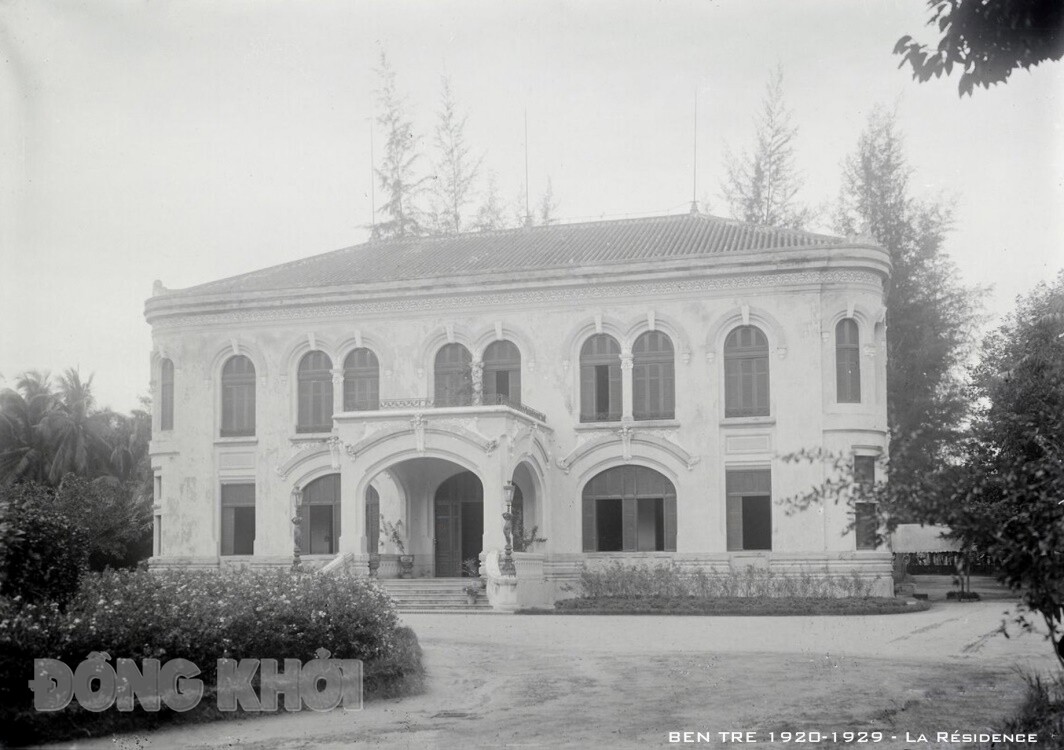
National relic of the residence and activities of Colonel, Hero of the People's Armed Forces, strategic intelligence officer Pham Ngoc Thao (1922 - 1965). The relic of the residence and activities of Colonel Pham Ngoc Thao has a total area of 13,407.7m2, located at 146 Hung Vuong Street, Ward 3, Ben Tre City. The house was built in French architecture with typical arched doors, including a ground floor and a first floor, with an area of 497.8m2. Photo: ST
In 1892, the French colonialists established Ben Tre district (Arrondissement de Bentre) in Vinh Long province, including Bao island (11 cantons, 99 villages) and Minh island (10 cantons, 83 villages). In 1899, the Governor-General of Indochina issued a decree to change the name of the "sub-region" (Arrondissement), also known as the Inspection Department - the administrative unit in Cochinchina at that time, into a province and divided it into 3 regions: The Eastern region included 4 provinces: Ba Ria, Bien Hoa, Tay Ninh , Thu Dau Mot.
The Central region includes 6 provinces: Cho Lon, Gia Dinh, My Tho, Go Cong, Tan An, Tra Vinh, Vinh Long, Ben Tre, Sa Dec. The Western region includes 7 provinces: Bac Lieu , Can Tho, Chau Doc, Long Xuyen, Ha Tien, Rach Gia, Soc Trang.
Ben Tre at that time had about 217,000 people, including 213,000 Vietnamese, 1,150 Minh Huong and 2,500 Chinese. On January 1, 1900, following the decree of Governor-General Paul Doumer (signed on December 20, 1899), Ben Tre's Office was changed to a province at the same time as other provinces in Cochinchina. Ben Tre province at that time included Bao Islet and Minh Islet.
Provincial administrative units through 125 years of establishment
Since 1912, Ben Tre had 4 districts: Ba Tri, Soc Sai, Mo Cay and Thanh Phu. In 1948, An Hoa island of My Tho was incorporated into Ben Tre by the revolutionary government.
After the August Revolution in 1945, the revolutionary government in Ben Tre changed its name to Do Chieu province, established Tan Ke district, but dissolved it in 1948. From 1948, the revolutionary government established Cho Lach district. Thus, during this period, Ben Tre province consisted of 3 islands, with 7 districts: Mo Cay, Thanh Phu, Cho Lach, Ba Tri, Chau Thanh, Soc Sai and An Hoa, with 117 communes.
In the enemy-occupied area, Ben Tre province was renamed Kien Hoa province on October 22, 1956, according to Decree No. 143-NV of the Saigon government, including three islands: An Hoa, Bao and Minh. In 1957, Kien Hoa province had 7 districts. The provincial capital was called Truc Giang.
On December 5, 1960, under the term of Governor Pham Ngoc Thao (November 26, 1960 - May 26, 1962), the Saigon government issued Decree No. 1192-NV establishing Huong My district in Kien Hoa province, with the district capital located at Cau Mong. On March 7, 1963, according to Decree No. 209-NV, the Saigon government established Don Nhon district in Kien Hoa province, with the district capital located at Ba Vat.
On March 7, 1974, the Saigon government issued Decree No. 184-ND/NV establishing a new district in Kien Hoa province, Phuoc Hung district, consisting of 9 communes, with the district capital located in Phuoc Long commune. By 1975 (before the South was liberated), Kien Hoa province consisted of 10 districts: Truc Giang, Ham Long, Binh Dai, Ba Tri, Giong Trom, Mo Cay, Thanh Phu, Don Nhon, Huong My and Phuoc Hung.
After April 30, 1975, when the South was liberated and the country was unified, the people of the Coconut Land were able to call back the name of their birthplace for generations, Ben Tre province.
By the end of 2024, according to Resolution No. 1237/NQ-UBTVQH15 dated October 24, 2024 of the Standing Committee of the 15th National Assembly, on the arrangement of commune-level administrative units of the province, period 2023 - 2025, after the rearrangement, the province will have 9 district-level administrative units, including 8 districts and 1 city (Ben Tre City, Binh Dai, Chau Thanh, Ba Tri, Giong Trom, Mo Cay Nam, Mo Cay Bac, Thanh Phu, Cho Lach); 148 commune-level administrative units, including 132 communes, 6 wards and 10 towns (This Resolution takes effect from December 1, 2024).
As of 2024, Ben Tre province has an area of 2,380 km2, an average population of over 1.3 million people, and a population density of over 500 people/km2. The average life expectancy of Ben Tre people is over 75 years old.
Source: https://danviet.vn/vi-sao-ben-tre-lay-ngay-thanh-lap-tinh-la-1-1-1900-ban-dau-xu-dua-nay-co-may-cai-cu-lao-20250102174244813.htm



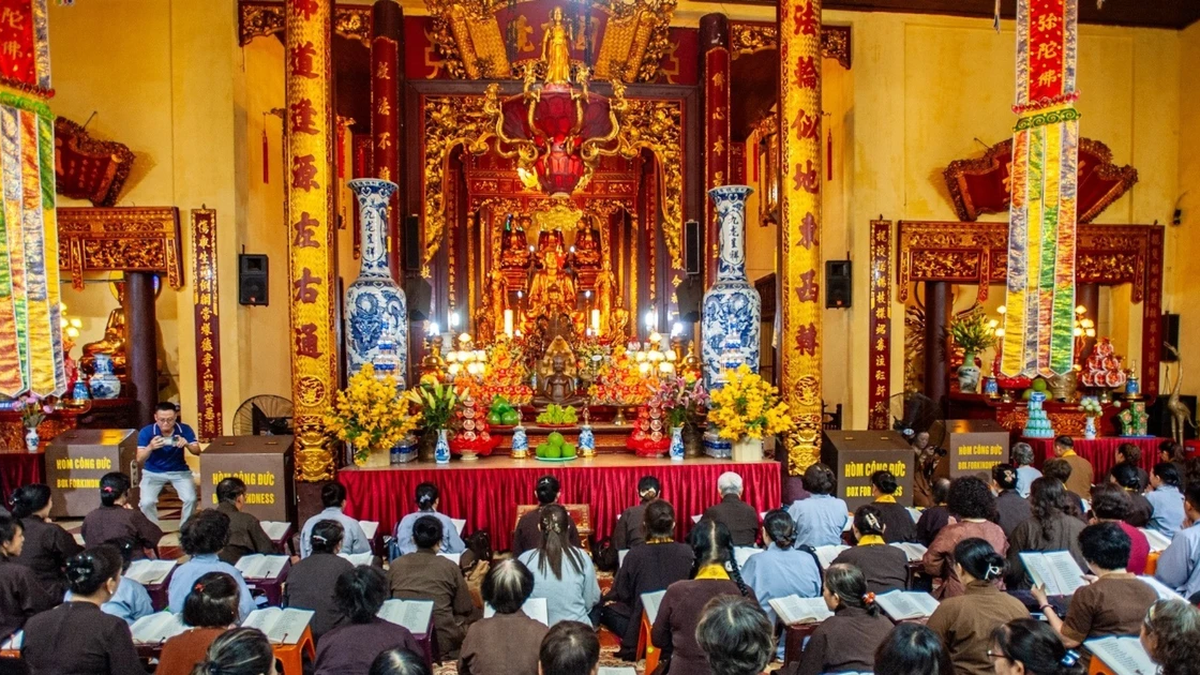

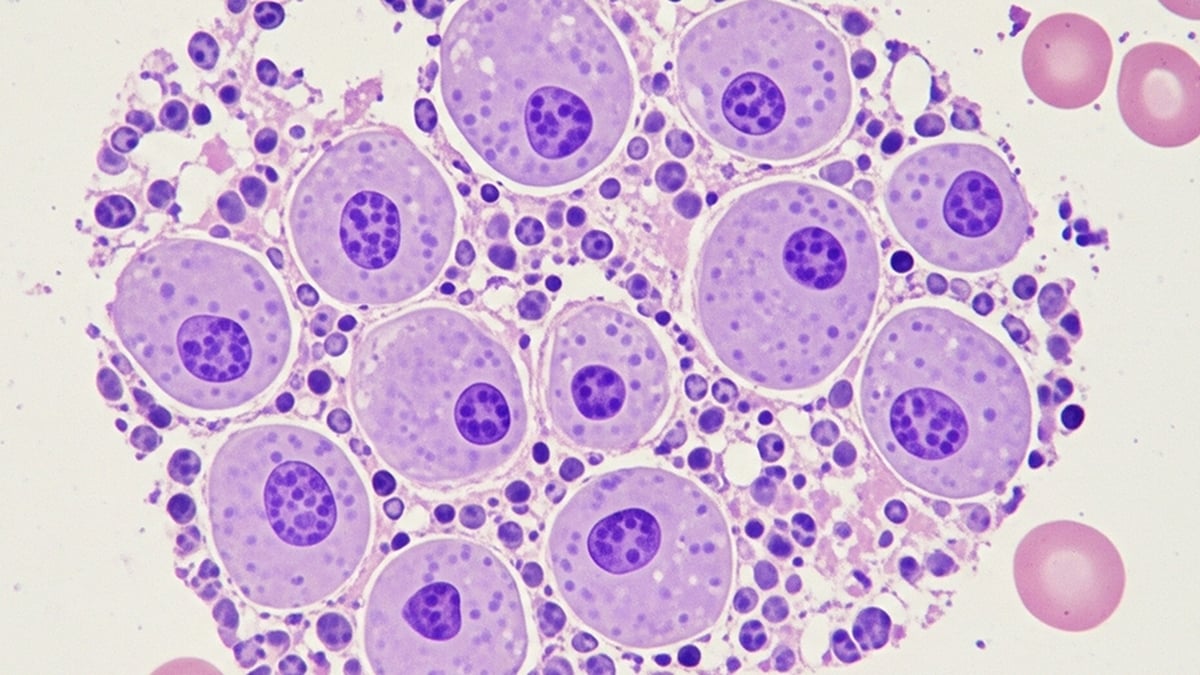
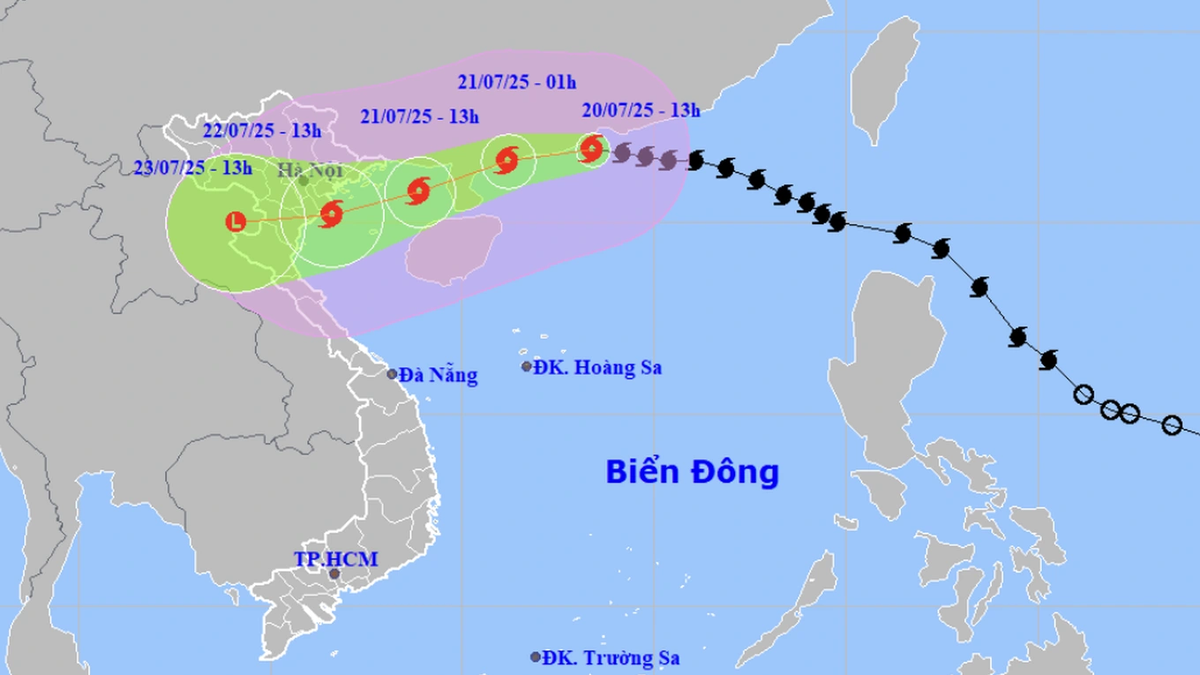


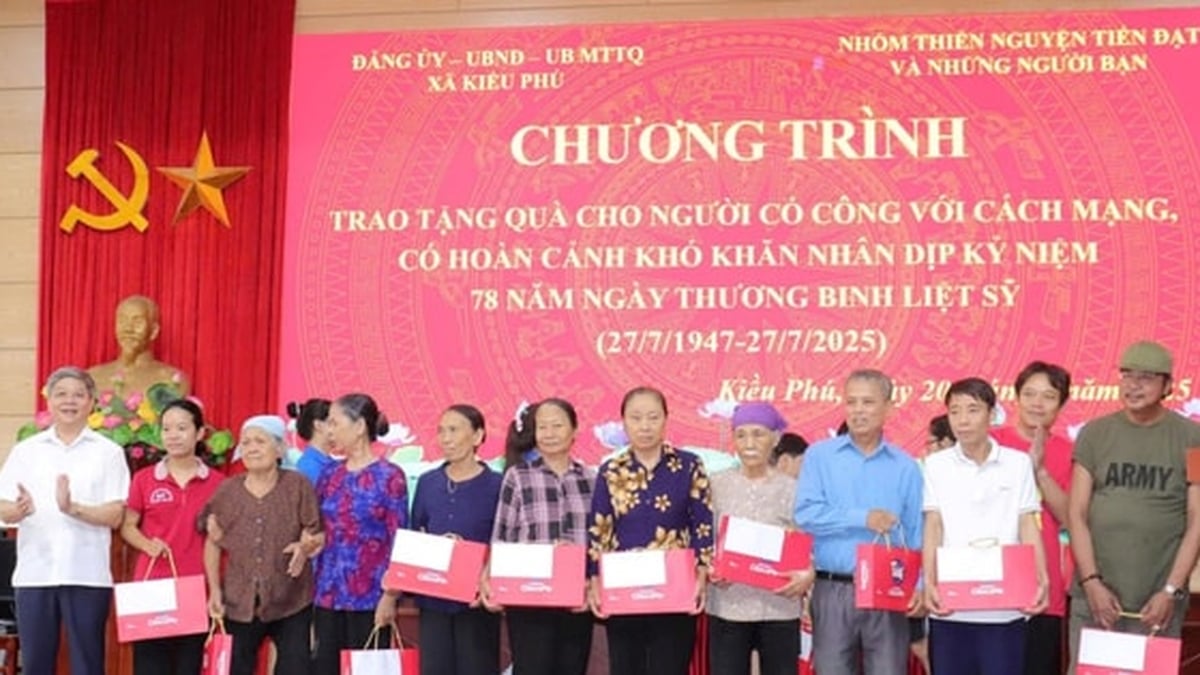

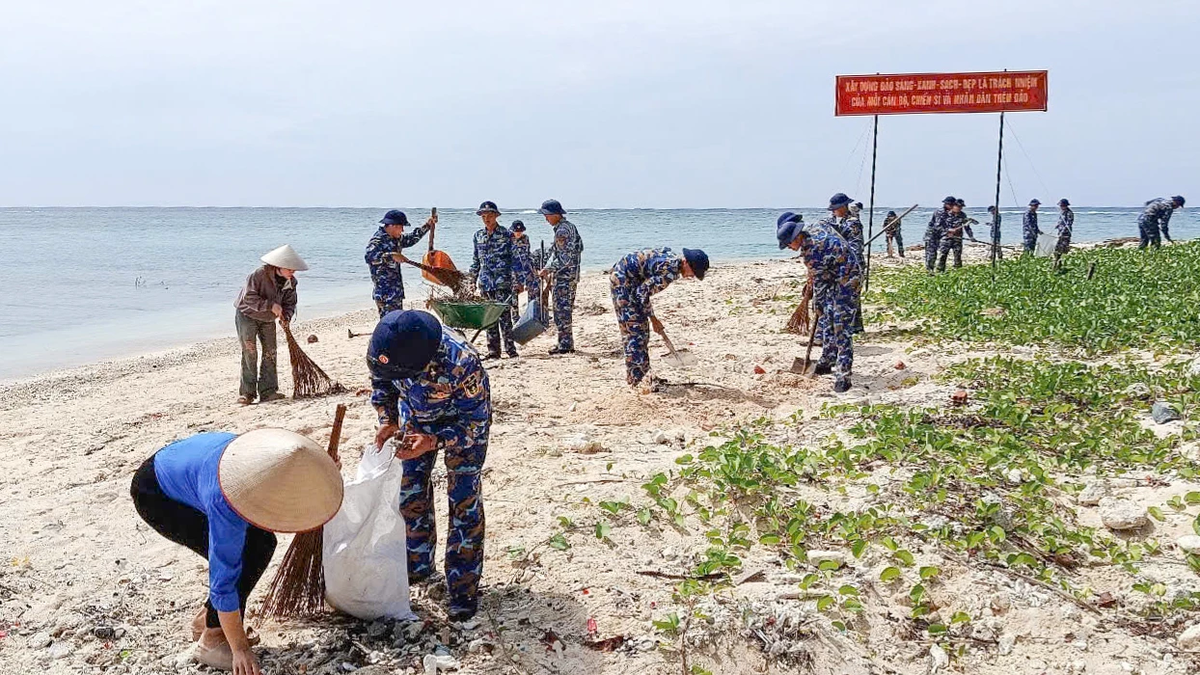











![[Photo] National Assembly Chairman Tran Thanh Man visits Vietnamese Heroic Mother Ta Thi Tran](https://vphoto.vietnam.vn/thumb/1200x675/vietnam/resource/IMAGE/2025/7/20/765c0bd057dd44ad83ab89fe0255b783)








































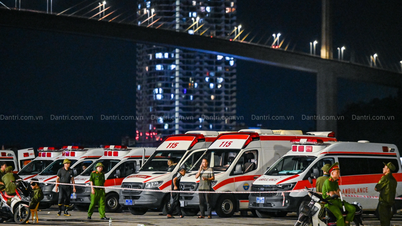


































Comment (0)